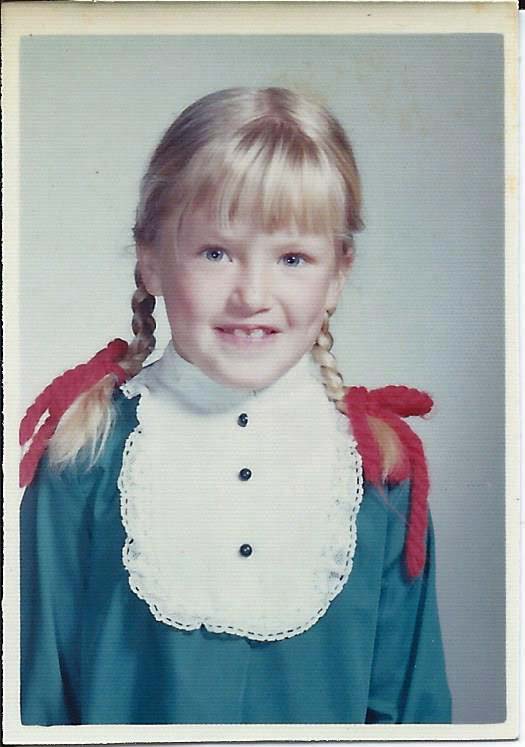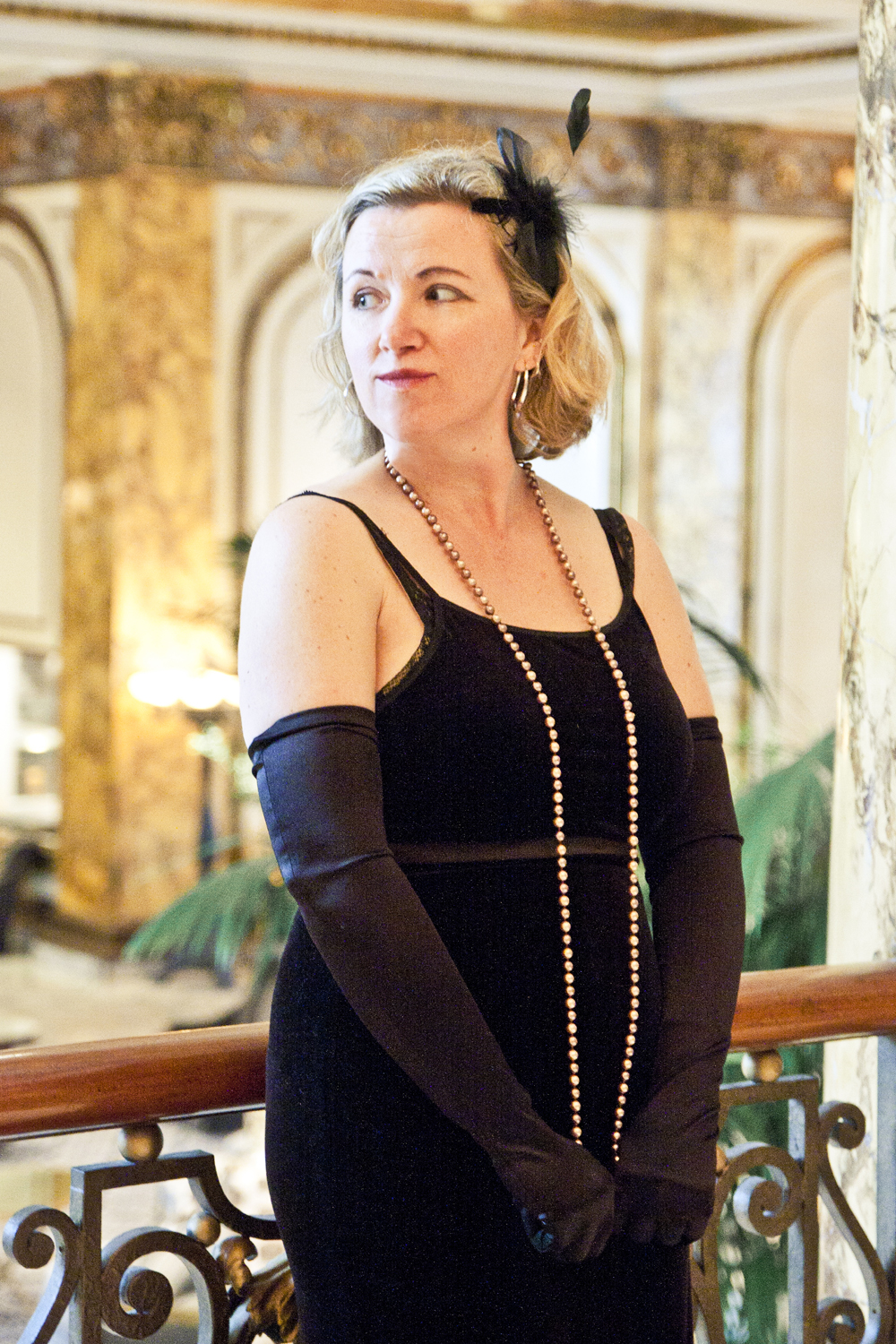The World as We Know It
-
Behind Closed Doors
October is Domestic Violence Awareness Month, but it’s also Breast Cancer Awareness Month, Pit Bull Awareness Month, National Pharmacy Month, Pastor Appreciation Month, and Halloween, among other national observances. You can see how easy it is to forget or to overlook something that is, in fact, an epidemic right under our noses. But before your eyes roll back in your head or slip away to another blog post, let me take it from the general, the theoretical, to the personal. Domestic violence – when someone in the household hurts or harms another – ranges from a parent hurting a child, an adult abusing an elderly family member, a sibling bullying…
-
Because I Haven’t Known What to Say
Because the events of the past week — the horrific shooting deaths of nine African-Americans in a Charleston church by a young white racist, and the — maybe — final straw that will bring down the Confederate battle flag, and bring the longed-for change, I am trying to say — Because when we were children, in the extremely white liberal suburbs of Marin County in the late 1960s, we used to say, “Eenie meenie miney mo, catch a nigger by the toe,” called Brazil nuts “nigger toes,” and when someone asked, “Where’d you get that?,” the response was, “Stole it off a dead nigger.” Because the one African-American girl in…
-
Guest Post from EJ Hanagan
When I was in my twenties, I remember older women telling me “just wait until you hit 30, that metabolism will slow down so much that you won’t be able to eat a saltine without gaining five pounds.” I feared that statement so much because I valued my body like every other 25 year old does. I didn’t want to give up my youthful appearance and those delicious low-rise jeans that were so unbelievably uncomfortable and grotesquely revealing. I didn’t want to be out of shape and not be able to keep up with my future children. I love fitness-I love exercising and eating healthy, but I was so scared…
-
Twice as Nice: On Reading Books Again
I like to re-read my books. I mean, a lot. Once a year, some of them. This week I re-read an old favorite: 84 Charing Cross Road, along with its sequel (in the same book!), The Duchess of Bloomsbury Street. This is a wonderfully funny and sweet true story, told in correspondence between a New York playwright-freelance writer, and a bookshop employee in London. 84 Charing Cross was the address of the bookstore, Marks & Co. They began their correspondence in 1949 and it ends after 20 years — I won’t tell you how. But it was made into a wonderful movie with Anthony Hopkins and Ann Bancroft. See it,…
-
The Artist’s Way
A few years ago, I went to Europe to visit my eldest daughter, who was working in London for six months. We met up in Paris, and after some days there and in Belgium, we crossed the Channel to England and finished our sojourn by visiting a plethora of literary sites. People who know me realize that I am a Jane Austen aficionado and understand that a trip to her native land, and a walk through her very environs, is like a heroin hit to me: once is not enough, and I suspect I’ll anxiously pursue more of All Things Jane until I die. The literary trail began in Paris, with…






